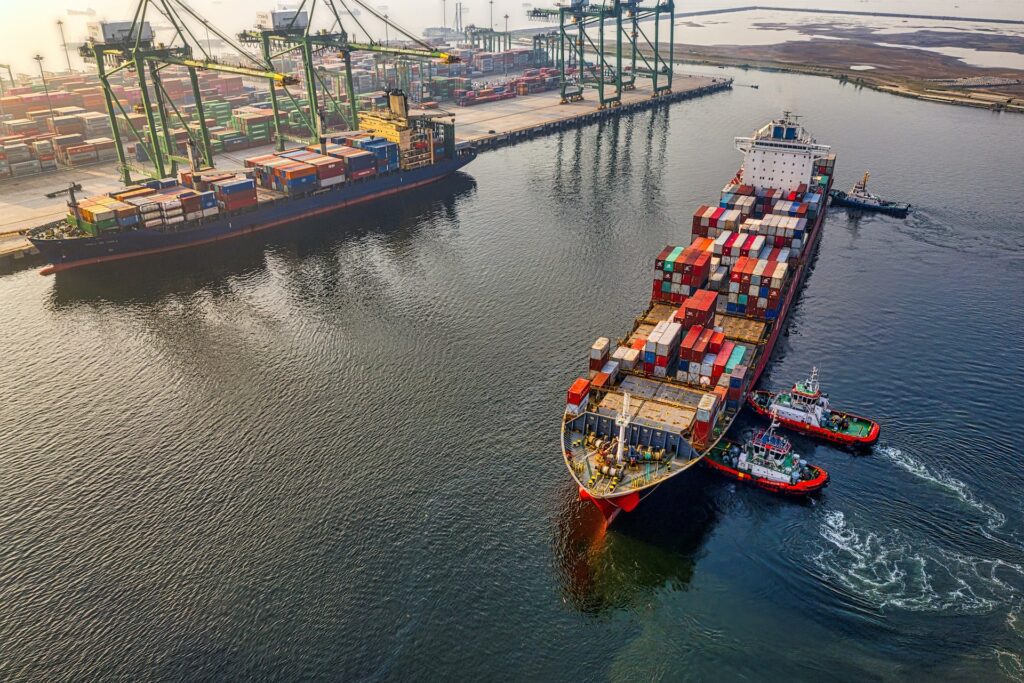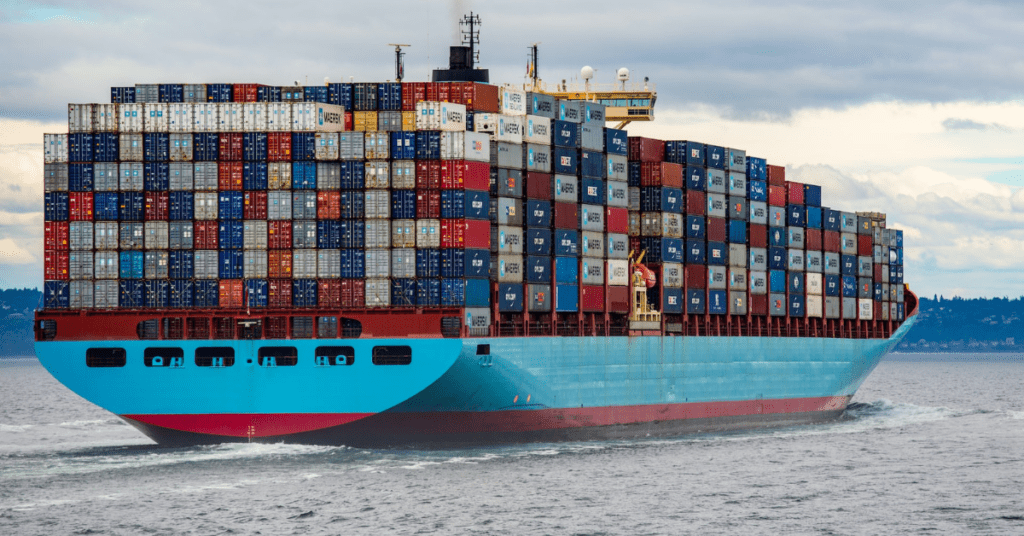Many types of workers depend on marine transportation for their livelihood, one of which is the marine transportation workforce. In this article we will be answering a number of questions including “how many jobs are available in marine transportation” and “is marine transportation a good career path”. We will also be talking about the best paying jobs in marine transportation.
- How many jobs are available in marine transportation?
- Is marine transportation a good career path?
- Best paying jobs in marine transportation
- What are the most common marine transportation methods?
- What goods are included in marine transportation?
- What is marine insurance?
- What is a marine casualty?
- Conclusion
How many jobs are available in marine transportation?
There are 1,500,000 jobs available in marine transportation in the United States. Marine transportation is a vital industry because it connects people and allows them to get the essential cargo to where it needs to be. This industry offers many different types of positions. These positions include many different varied roles from working in an office to working directly on a cargo ship. Marine transportation can be a very lucrative and rewarding industry to be in, with many opportunities for career progression.
Is marine transportation a good career path?
The marine transportation industry has thousands of jobs available, from unloading cargo to driving ships and working as an oceanographer. Employees who work in marine transportation typically have very diverse career paths. This can be attributed to various ships being transported and the wide variety of jobs that these vessels require. A handful of those employees who have a marine transportation career are those who work on ships themselves, such as engineers. There are also many marine transportation job roles available that don’t invole working on a ship, including jobs in logistics.
Best paying jobs in marine transportation
1. Ship’s Engineer:
The job of a ship’s engineer is essential. A ship’s engineer serves as a bridge between the captain and the rest of the crew on the ship. In addition, the engineer is responsible for maintaining and operating all equipment used to move boating things such as cargo, fuel, etc.
2. Deck Officer:
The deck officer’s job is crucial to a ship’s safety and operations. The deck officer controls everything from the safety of each crew member to moving cargo being transported on a vessel. They are also responsible for writing reports about any problems encountered and taking proper action when these problems occur for everyone to be safe.
3. Cargo Handler:
These employees help move cargo from point A to point B by carrying it on their backs and shoulders, sometimes even by wheelbarrows or forklifts. A few examples of what they might have are wood, metal products, chemicals, foodstuffs, and many other things that would be useful during transport.
4. Marine Transportation Driver:
These employees are responsible for driving and unloading a ship with the products shipped on it. These employees also drive forklift trucks and other equipment to move cargo safe while on the job. They also assist with loading up containers and unloading them from some vessels.
5. Oceanographer:
These workers are responsible for studying how oceans interact with objects such as ships, fogs, currents, etc., and then make recommendations to improve how these environments work to develop safe shipping lanes for future sailer vessels.
6. Fleet Manager:
These employees are responsible for managing a company’s entire marine transportation industry. They ensure that there will be enough ships to meet customers’ needs while still ensuring that they can ship cargo safely. They also ensure that supplies and equipment are available on all ships and destroy any materials that would be dangerous to ships or people.
7. Logistics Manager:
This person works with all logistics managers across the globe to help develop these companies into strong ones within their field of expertise or specialty. This is done by recommending ways to improve these companies daily and supporting them when they become weaker in their field.
8. Marine Surveyor:
These employees are hired to inspect different vessels and the parts on the vessel to determine whether it is safe for the vessel to go out for transportation. In addition, they make sure that it has been adequately maintained to ensure safety during transportation.
9. Ship Captain:
A ship captain is essential to marine transportation as they are in charge of ensuring that each ship is operated safely. The captain is responsible for the safety and well-being of the ship, its passengers and crew. They are also responsible for safely navigating the vessel and ensuring that it complies with all applicable laws and regulations.
10. Marine Salvage:
These impartial employees are responsible for collecting salvage within the marine transportation industry. They interact with both the owners and suppliers on the ship and payers that have made claims against them to get their money back.
What are the most common marine transportation methods?
Companies use many types of marine transportation methods when shipping goods from one place to another. The most common methods involve using ships and barges. These large vessels are used to move a wide variety of items from raw materials for construction to transporting planes and vehicles from one place to another.
The marine transportation industry involves many different elements that make it an industry that requires a high level technical knowledge to be successful. These include the need to find ships and barges with the right criteria to transport materials between two points. The industry also needs highly skilled personnel to be able to maintain the ships. It is important for the vessels to be maintained so that they can transport materials safely.


What goods are included in marine transportation?
Marine transportation focuses on goods that are moved from one place to another and include many different products such as food, clothing, coal, water, metals, manufactured goods for construction workers, and many other things.
For more information, check out the Maritime Administration (MARAD) Regulations
What is marine insurance?
Marine insurance is used when an individual or business needs protection against disasters on their ships. Having insurance is essential and allows companies to receive a payout to replace what they have lost during transportation. These losses may include damage to the cargo, and the ship itself, which means that this type of insurance is used to protect both businesses and individuals.
What is a marine casualty?
A marine casualty is any event on a ship or plane that damages or even destroys specific cargo and other equipment on board. These are usually caused by natural disasters such as storms, fires, floods, and many others. Marine casualties can cause massive problems if a ship is transporting goods. They can prevent companies from making money from their product by having it destroyed before it is delivered to its final destination.
Conclusion
In conclusion, the marine transportation industry offers an ocean of opportunities for those who wish to dive into a rewarding and challenging career. As a vital sector of the global economy, it continues to evolve and adapt to new technologies, environmental regulations, and trade patterns. Aspiring professionals must be prepared to not only navigate the seas but also the vast expanse of job prospects available in this dynamic field. From ship captains to marine engineers, logistics experts to environmental scientists, the potential for growth and impact in marine transportation is as limitless as the horizon.
So, whether you are just embarking on your career journey or seeking a new adventure, consider charting your course in the marine transportation industry and become a part of a thriving community that keeps the world connected and moving forward.

